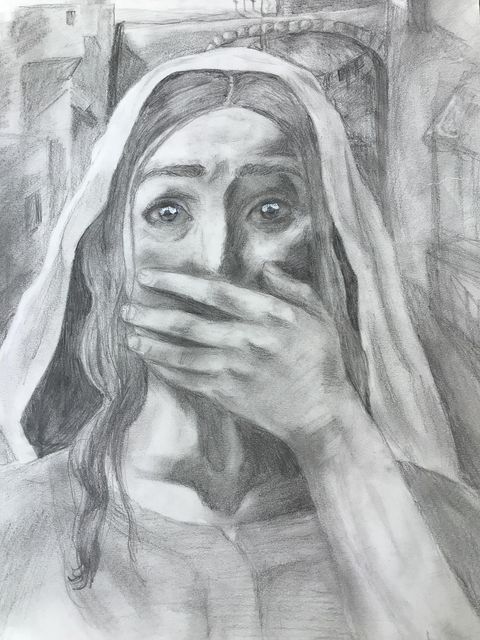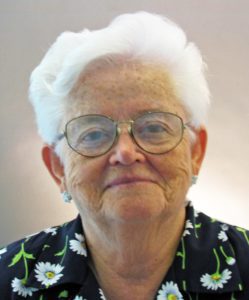
Who was this woman, Mary of Magdala? There have been many debates and misidentifications about her. She was neither the woman caught in adultery (John 8) nor the woman who washed the feet of Jesus with her tears and dried them with her hair (Luke 7), nor even the sister of Lazarus and Martha. Mary was part of a group that traveled with Jesus (Luke 8), and she was believed to have been healed by Jesus of seven demons, but overall, there is limited information about her life.
However, what we do know is that she came from a place in Galilee called Magdala, which was a prosperous small town known for its fishing and boating industries. Historically speaking, if a woman was identified by the name of a town, she was likely not married and considered to be wealthy. She is also mentioned many times in the New Testament, and she became a part of a band of women who accompanied Jesus in his ministry, among whom were Mary of Magdala, Joanna, the wife of Herod's steward, and Susanna. As cited in the Gospel of Luke, they provided for Jesus and the Apostles because they were reportedly women of means who were willing to share out of their steadfast belief in Jesus' mission. (Luke 8)
Now let us draw our attention to her most notable appearances, namely at the cross and resurrection scenes. No doubt, we may presume she was a courageous woman who was not afraid of what people thought of her as she stood and wept at the bottom of the cross (John 19). Her love was greater than her fear of the cruelty that the Roman world could inflict upon her for her allegiance to Jesus, a convicted criminal.
The most significant appearance of Mary Magdalene in the New Testament was in the garden at the site of the burial. Apparently, in the Jewish tradition, anointing a dead person on Friday was an inconvenient time to die due to the nearness of the Sabbath, requiring the anointing of the body to be done in haste. And so, on the first day of the week, Mary hastened to the tomb, putting aside the possibility of the presence of the Roman guards. She was willing to lay down her life in this final demonstration of her undying love for Jesus.
We hear in her voice a tender pleading to the gardener, “Please tell me where you have laid him." And then she heard that all-too-familiar voice and intonation which she could never forget, say, "Mary." Can you imagine the joy that she felt, which then compelled her to run and tell the disciples she had seen the risen Lord? How appropriate that today we honor this Mary in the Liturgy of the Word as we read from the Song of Songs, “I have found him whom my heart loves."
As Dominican Sisters, we have a wonderful model in Mary Magdalene because we, too, have been called to be preachers of the Good News in our varied ministries of teaching and healing. Years ago, each of us heard the same voice call us by name when, on our reception day, we were asked, “Daughter, what do you desire?” And our response, “The mercy of God and your mercy and the holy habit of the Order of St. Dominic." This statement of intent brought us into the Dominican family, which has inspired us to adopt Mary Magdalene as our patroness of preachers. This historic legacy can be traced back to as early as 1286, when Charles II encouraged the Dominican friars to accept this inspiration.
How fitting a patroness as we consider how, as a sinner herself, she encountered the mercy of God as we presently have through the ages, and how we have walked in her footsteps as 'preachers of the resurrected Jesus,' since she was the first to announce to the Apostles that the Lord had risen from the dead. Tradition tells us that she spent the remainder of her years in a contemplative lifestyle, such as we aspire to in our communal life now.
Today, we, like Mary Magdalene, are asked to be as courageous as she was in a world which at times thinks little of what we have to say, but we can speak our truth to power. Even in our dotage, when we accept the severe limitations and frustrations of aging, our acceptance says more to those around us than the multiplicity of words. As attributed to St. Francis of Assisi, “Preach always and use words when necessary.”
On this July 22, let us ask ourselves how passionate we are in telling others, like our patron saint of preachers did, “I have found Him whom my heart loves!"
Sister Helen R. Boyd, OP
Sister Helen resides in Dominican Convent where she serves on the Life Enrichment Committee and co-chairs the Mission Outreach Committee.
